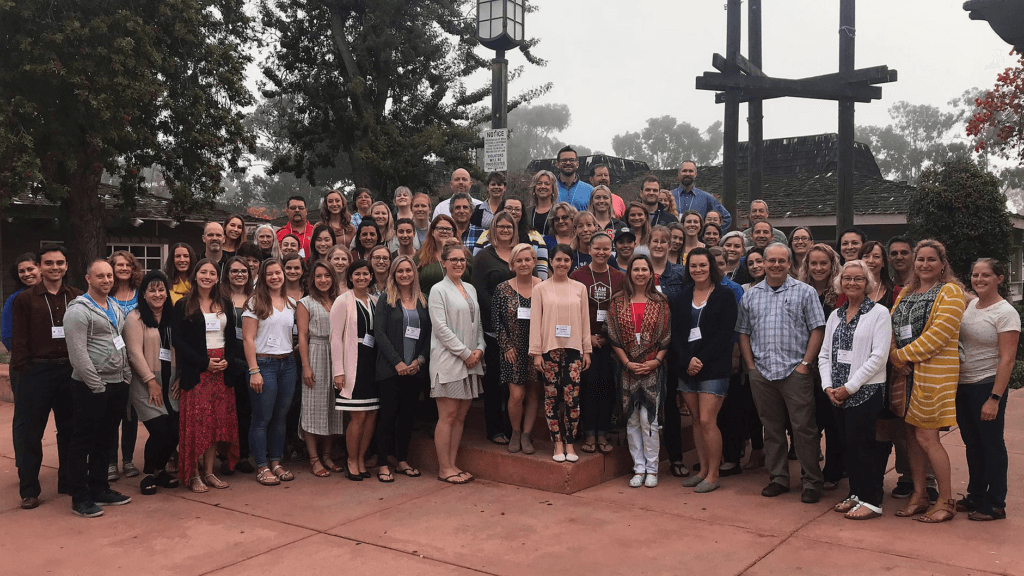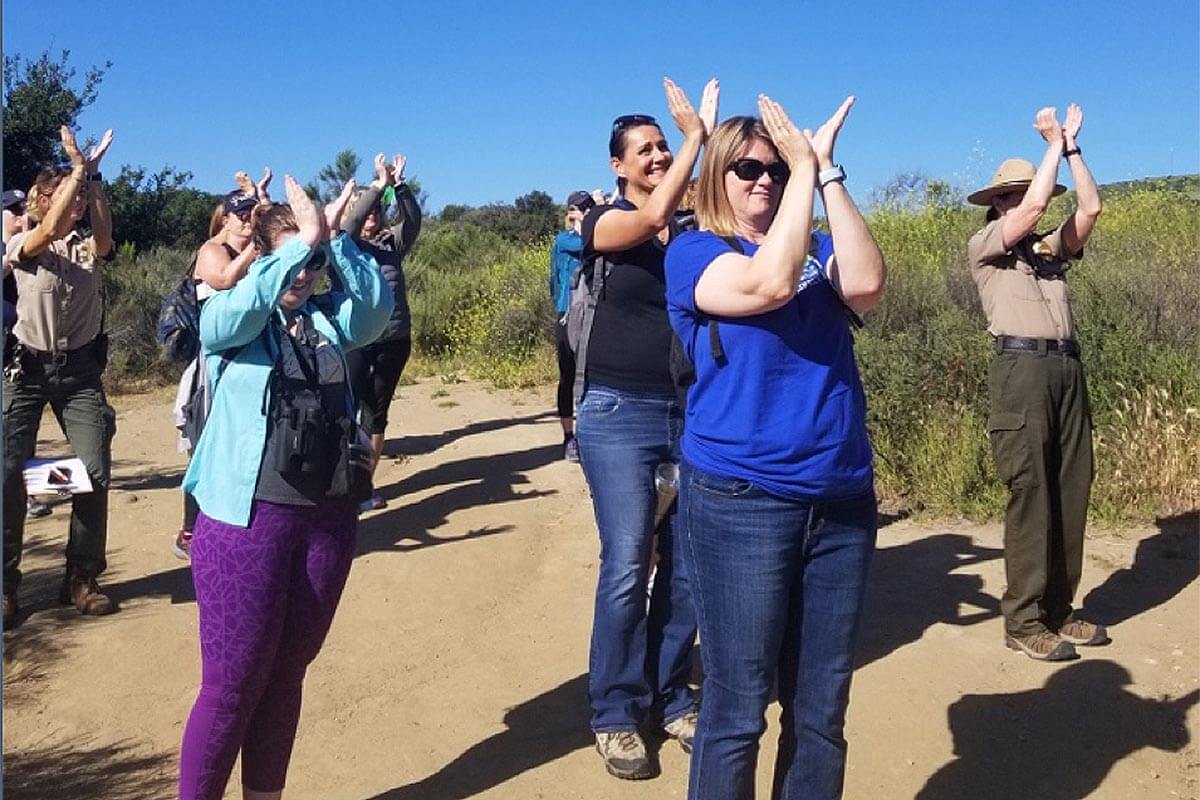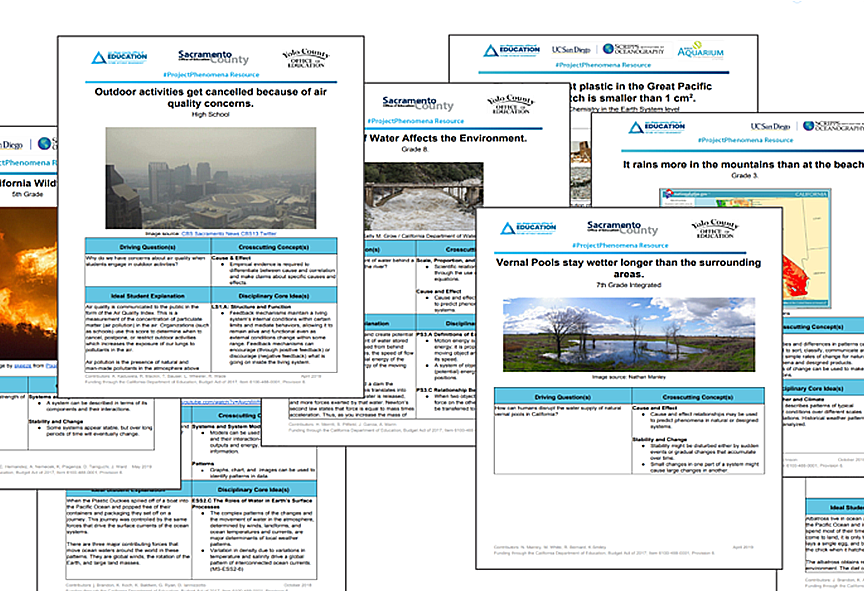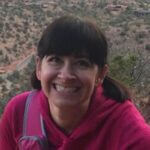Teaching robust Next Generation Science Standards (NGSS) lessons can be challenging, so asking teachers to center instruction on local environmental phenomena can make the task feel overwhelming. For the last six years, we’ve been introducing teachers in San Diego to local environmental phenomena that can be used as a focus for instruction both in and out of the classroom.
In an effort to meet the teacher-identified need for NGSS resources, #ProjectPhenomena was created to identify CA NGSS performance expectations and bring educators together to collaborate on sources for environmental phenomena connected to specific classroom courses. We received an immediate positive response—and plenty of anecdotal evidence—regarding the utility of the list of phenomena. However, as we began collaborating with teachers to plan a full series of phenomena-based lessons, we began to see a gap between the identification of phenomena and what was actually able to be done in class. We also noticed that identified phenomena were often not always relevant to the students who were exploring and explaining those phenomena.

As a result, we realized the phenomena list we were asked to create was not the answer to robust NGSS instruction—the list, by itself, was not enough. As we dug into using phenomena in the classroom, we identified two new areas of need:
- teacher mastery of real-world science content; and,
- relevant phenomena that engaged student interest.
Considering how to meet these needs, we looked to the California Science Framework—which includes explicit connection to the environment based on California’s Environmental Principles and Concepts (EP&Cs) “through their many connections with the three dimensions of the CA NGSS, and…the environment of their local community and the issues that it faces.”
We asked teachers in our area how they prefer to learn new science content, and how they would want to bring the local environmental issues of their community into the discussion around phenomena. They said they needed collaboration with experts to learn the science, the opportunity to ask questions that clarified their own understanding of the environmental issues in their communities, and support to develop lessons using their new expertise.
This led to the development of phenomena design teams. Collaborating with science experts at Scripps Institution of Oceanography and Salk Institute, we were able to develop and refine a protocol for bringing science experts together with teachers to build resources that would support teacher understanding of local phenomena, and could be shared with teachers who were unable to be physically present in the room with a scientist. Each of these resources included:
- a phenomena statement;
- a driving question for student learning;
- an ideal student response or causal explanation of the phenomena; and
- connections to NGSS and the EP&Cs.
We felt that these resources could truly support teachers in their NGSS implementation, and we wanted to develop them for as many phenomena as possible—but supporting K–12 teachers to teach using phenomena was still a daunting idea. With the goal of students finding their way to local environmental issues, we were able to narrow our scope using topics—including environmental sustainability, water, pollution prevention, climate change, and oceans—identified by SB 720 as relevant to EP&C instruction. This list was amazing. It encouraged us to consider how students and the communities they live in are related to environmental phenomena.
These topics provided entry points to phenomena that students could study from multiple perspectives and locations in California in an authentic manner, and allowed us to bring the lens of solutions and the engineering-design cycle to phenomena-based learning.
We immediately wanted every teacher to have local phenomena that they could use with their students. To meet this goal, with funding from California’s 2017 Budget Act, we hosted Environmental Phenomena Summits in five locations around the state (Berkeley, Santa Cruz, San Diego, Rancho Cucamonga, and Woodland), convening fifteen local science education leaders and five science experts. These leaders and experts made up five design teams, which also included up to nine participant educators from each geographic area.

The teams spent two days of intense learning and collaboration around topics that each expert studies, including pollinator behavior on the California coast, vernal pool structures, the importance of fish to kelp ecosystems, and the relationship between wildfires and invasive plant species. The teams mapped the three dimensions of NGSS and the EP&Cs onto the topics of their experts, allowing them to identify local environmental aspects. They then turned their focus to specific grade levels to inform student learning related to the chosen phenomena. After the summits, the education leaders and scientists finalized and vetted the resources based on the work of their teams.
In San Diego, these resources have been foundational for lesson creation. They have been used to connect local environmental phenomena to the phenomena identified in instructional materials, and have supported teachers to build their own understanding of NGSS and California-specific science.
We are continuing to work with the phenomena design teams, and partnering with local environmental educators, park rangers, and scientists. In the meantime, we are excited to share that our California environmental phenomena resources are available for educators across the state!



One Response
We should connect! I’m a Park Ranger and work with California condors.